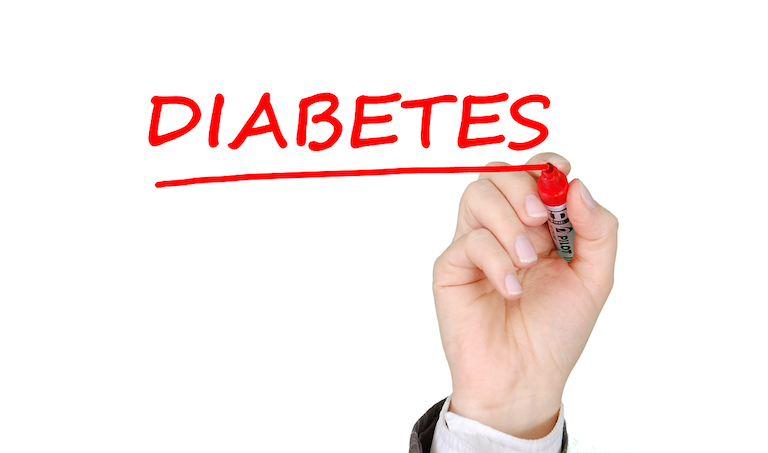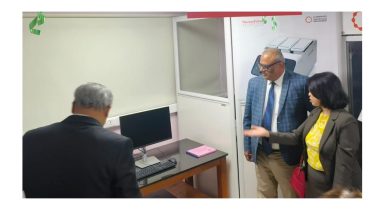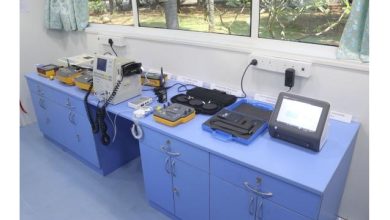Over 80% newly diagnosed diabetic patients in India have at least one cholesterol abnormality: IDS reveals

The findings of this first-of-its-kind study support the fact that further extension of nationwide cardiovascular disease risk identification programs and prevention strategies to reduce the occurrence of cardiovascular diseases is warranted
India Diabetes Study (IDS) revealed that over 55 per cent of newly diagnosed1 Type 2 Diabetes Mellitus (T2DM) patients in India have low HDL-C (High Density Lipid – Cholesterol) values, indicating that they are at higher risk of developing some form of cardiovascular disease in their lifetime. The study also suggested that 42 per cent of all T2DM patients are at a high risk of hypertension. The Mean BMI of the patients was recorded to be 27.2 – classified as overweight as per the Indian Consensus Group guidelines.
The one-of-its-kind nationwide study supported by Eris Lifesciences and co-authored by 16 doctors between 2020- and 2021, was conducted in partnership with over 1900 physicians and had a sample size of 5080 patients with a mean age of 48 years, from across 27 states in India. It has been published in the Public Library of Science (PLOS) journal.
Following the recent recommendations from the LAI and QRISK3 score2, the study aimed at investigating the extent of cardiovascular disease (CVD) risk in newly diagnosed T2DM patients in India. It also highlighted some ways to manage dyslipidaemia – high cholesterol (fats) – in newly diagnosed Type 2 diabetes patients.
Other key findings from this study, with respect to newly diagnosed type 2 diabetes mellitus patients include:
- 92.5 per cent and 83.5 per cent of the total patients are not on any cholesterol-lowering and anti-hypertension treatment
- Low HDL-C value was the most frequent major risk (55.6 per cent)
- 82.5per cent patients appeared to have at least one cholesterol abnormality
- 37.3 per cent of patients were hypertensive and younger than 65 years of age
- According to the QRISK3 calculation the obese patients in the current population had a 17.1 per cent risk of CVD as compared to 14.8 per cent for those with lower BMI
- 11.2 per cent of patients had Target Organ Damage – chronic kidney disease in the 3b or higher stage
Dr AG Unnikrishnan, CEO and Chief of Endocrinology at Chellaram Diabetes Institute, Pune, and the Principal Investigator of IDS, said, “IDS focused on highlighting the cardiovascular risk factors in newly diagnosed diabetes patients across India. While treatment should focus on dietary changes, physical activity and glucose control, additionally addressing cardiovascular risk by strategies like a blood pressure control and lipid management offer a more holistic way of management– as also suggested in the India Diabetes Study.”
Dr RK Sahay, Department of Endocrinology, Osmania Medical College, Osmania General Hospital, Hyderabad, President of Endocrinology Society of India and the co-author of the study said, “Atherosclerotic cardiovascular disease is a significant risk factor in diabetic patients. Along with glucose control, it is important to follow a robust regimen that is inclusive of optimum lipid-lowering treatment, in order to reduce CVD risk. Another important finding that emerged from the study is the increased average BMI (Body Mass Index) of Indians. Physical activity and diet control are crucial to managing diabetes effectively.”
Manish Kapoor, Vice President, Eris Lifesciences said, “Eris has been at the forefront of generating actionable medical evidence through India-centric studies on chronic ailments. On the back of the India Heart Study conducted in the year 2019, the India Diabetes Study marks another step in this direction. This study was designed to understand the CVD risk factors observed in a population of newly-diagnosed T2DM patients in India. We strongly believe that these insights will guide medical experts in the diagnosis and management of type 2 diabetes in India.”




